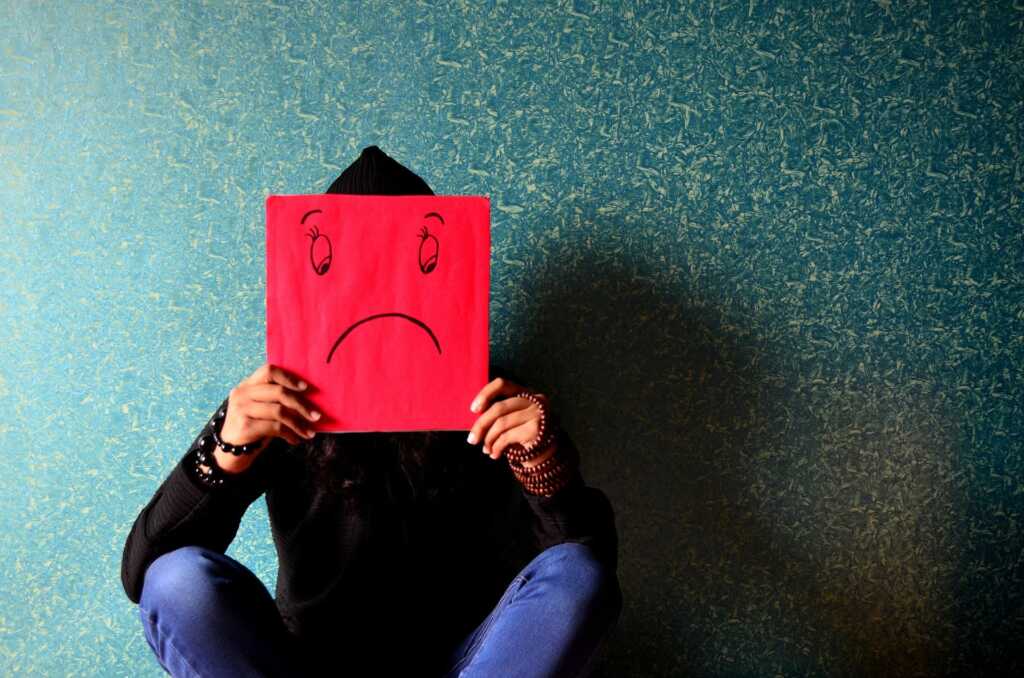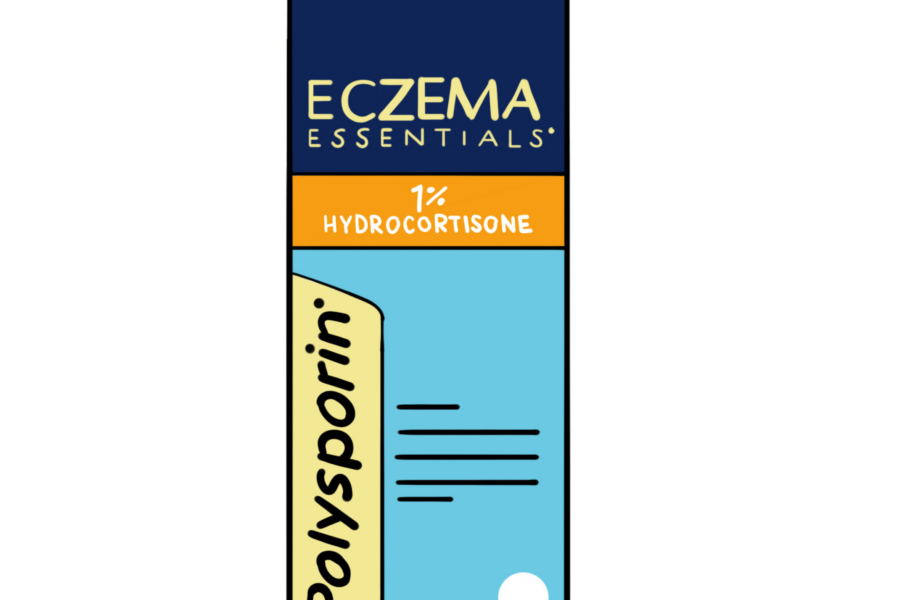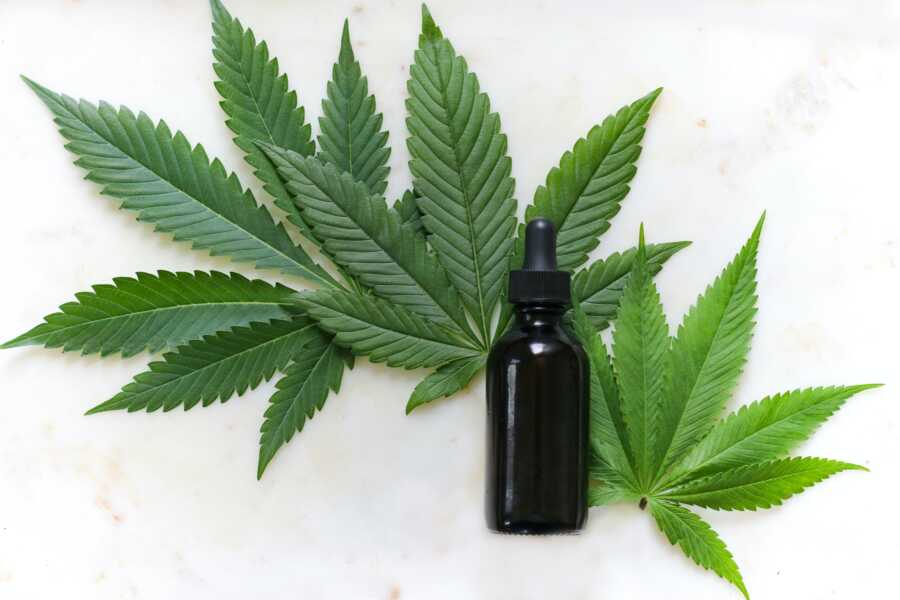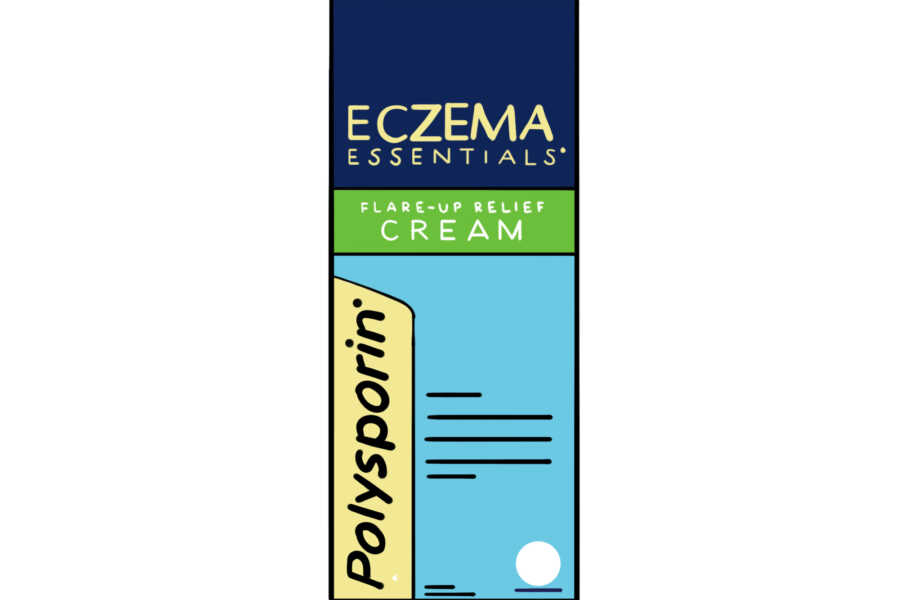Bottom Line:
Bright light therapy (BLT) from the right light therapy lamp is a safe treatment option and can be just as effective as drug therapy in treatment of seasonal affective disorder (SAD). It may also be used in combination with medications or alternative therapies. Given its safety, it definitely merits a discussion with your health care professional to see if it can be right for you! If you have other pre-existing eye conditions or co-existing health conditions such as major depression or bipolar disorder, make sure to speak with a health care professional so you avoid some unwanted side-effects.
If you are affected by seasonal affective disorder (also known as SAD) and you passed by a light box, we think that light therapy lamp deserves a second look. Bright light therapy might be the right product to lighten up your mood!
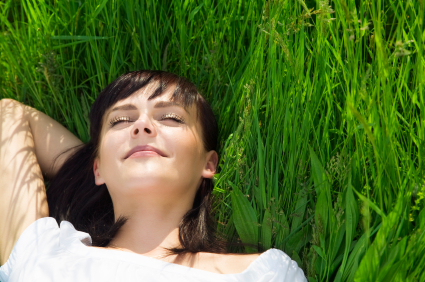
The truth is that weather can affect our mood, our sleep pattern and our energy levels. It can be normal to feel a certain degree of fatigue from the lengthy cold and gray days of the year; this general feeling is usually manageable. In some cases, this feeling can manifest itself on a whole new level, to the point that it becomes a debilitating condition affecting activities of daily living. We are talking about those of us who are diagnosed with seasonal affective disorder (SAD) or commonly called “winter blues”.
SAD is experienced world-wide and the exact percent of the population that experiences is not clear. In a few studies researching SAD in Canada, United Sates, and Wales, SAD was prevalent in approximately 0.5 – 3% of the population[1]. In Canada specifically, it was closer to 3%. Out of all the people that experienced SAD, 11% also experienced major depression[2].
Seasonal Affective Disorder and Depression
SAD doesn’t only result in depression; it can also result in hypomania or mania. Seasonal affective disorder (SAD) isn’t considered a separate mood disorder but it subtype of major depressive disorder, bipolar I, bipolar II (from DSM-5)[3].
What Causes Seasonal Affective Disorder?
The direct cause of SAD is not exactly known but it could be a few different things such as changes in the circadian rhythm, neurotransmitters and genetic factors.
Does Seasonal Affective Disorder Only Occur in the Winter?
The most common form of SAD is a winter depression but seasonal affective disorder doesn’t only occur in the winter, for some people it can happen in the summer.
What is Bright Light Therapy?
It sure isn’t your typical breakfast BLT! Bright light therapy basically consists of limited exposure to an artificial bright light that is of similar intensity to being outdoors on a sunny day.
It’s not uncommon for one to look at bright light therapy with skepticism especially when taking into account its price tag. We decided to write an article to lighten up the facts about the use of light therapy lamps in adults and a good starting point is to first understand the role of melatonin.
Note: Imbalances in brain chemicals (neurotransmitters) are a common cause of depressive conditions; nevertheless, there is still much to be learnt about ways that these imbalances occur and the biological processes that are involved.
Bright Light Therapy and Melatonin
One of the chemicals that contribute to occurrence of SAD is melatonin[4][5]. Melatonin is a chemical that is naturally released by our body in response to “darkness”; it has sleep-inducing and depressive effects. Melatonin is involved in setting our biological clock (sleep and wake cycle) or the “circadian rhythm”. It is thought that some people may experience a longer release of melatonin over the winter months.
Bright light therapy is thought to essentially inhibit or delay the release of melatonin[6][7]. Light can excite cells in the retina (eye), which essentially send signals to the brain, which in turn prevent release of melatonin. As a result, light therapy lamps have the capacity to change the body’s biological clock and it can restore our “circadian rhythm” that appears to be disturbed when one is affected by SAD[6][5].
In fact, it has been reported that levels of other chemicals that affect our mood (e.g. serotonin, norepinephrine and dopamine) are also affected by the circadian rhythm[8]. So, the idea is that by adjusting the circadian rhythm, we could restore chemical balance in the brain, which in turn can improve depressive symptoms.
Does Bright Light Therapy Work?
Many studies have looked at whether BLT works or not. Despite their positive results, many of the trials have had limitations in terms of their design, sample sizes and duration of treatment[7].
In 2005, a meta-analysis (which is a study that analyzes the results of selected randomized clinical trials together) was carried out on efficacy of bright light therapy in mood disorders. This study concluded that BLT was an effective treatment for seasonal affective disorder in adults[8].
In fact, BLT is recommended as first line treatment for SAD in published clinical guidelines including Canadian clinical guidelines [9][10] [11][12]. In addition, the effectiveness of BLT in treating SAD was considered equal to results of trials using drug therapy in treatment of this condition[7].
In 2006, a Canadian study called Can-SAD directly compared the efficacy of BLT versus an antidepressant drug (fluoxetine) in 96 individuals (age 18-65) affected by SAD over an 8 week period[13]. This study showed that BLT had similar efficacy to an antidepressant in treatment of SAD, but with the added advantage of fewer side effects. For those of you interested to see how the trial was carried out, check out the trial in our reference section[13]. The main downside of BLT is its cost when compared to drug therapy[14].
Side Effects of Bright Light Therapy
BLT is generally well tolerated. Reported side effects can include[6],[13]:
Side effects may be handled by reducing the treatment time or by increasing the distance from the light therapy lamp. Most light therapy lamps are typically placed 16 inches (41 cm) away from your eyes (different light boxes may have different distances); staring directly at the light box should be avoided[15].
- headache
- eye strain
- nausea
- agitation
- insomnia (if used too late in the day)
- skin irritation
It is especially important to seek medical advice to before using if you have underlying eye diseases, certain skin conditions, people who are on medications that make the skin sensitive to light. BLT can put individuals affected by bipolar disorder at risk of experiencing episodes of mania or hypomania[6][15].
Tips on Choosing The Right Light Therapy Lamp
Here are a few practical tips on choosing a light box:
- The light box should be specifically indicated for treatment of SAD.
- Make sure the light box emits bright white light as most of the research on SAD has been done using this light. Avoid blue light. (The standard and best studied devices for bright light therapy are 10,000 lux light boxes that use fluorescent bulbs emitting white light).
- It is best to do this first thing in the morning
- In order to protect your skin, choose a light box that filters out the UV light.
- Check the instructions on the box on how to achieve 10 000 lux (distance and timing)
- Keep in mind that effective treatment relies on three components:
A) Intensity of light
B) Duration of treatment
C) Timing
Duration of treatment depends on how bright your light box is. The intensity of light is expressed in the unit of lux. Most studies use 10,000 lux, for 30 minutes early in the morning. If you choose to go with a lower intensity box, you will have to increase the treatment time. If you are experiencing side effects, it may be beneficial to start with shorter treatment time and to gradually increase the time.
Bright Light Therapy: Lux?
In order for you to have a better idea of what lux represents, consider this:
- your bedside lamp’s intensity is about 100 lux
- home and office lighting is within the range of 200 to 700 lux
- the intensity of light on a sunny spring morning, can range from 2,000 to 10,000 lux
- we may be exposed to intensities the summer, as high as 100,000 lux in the summer
Therefore, the required daily treatment time depends on the intensity of your light box.
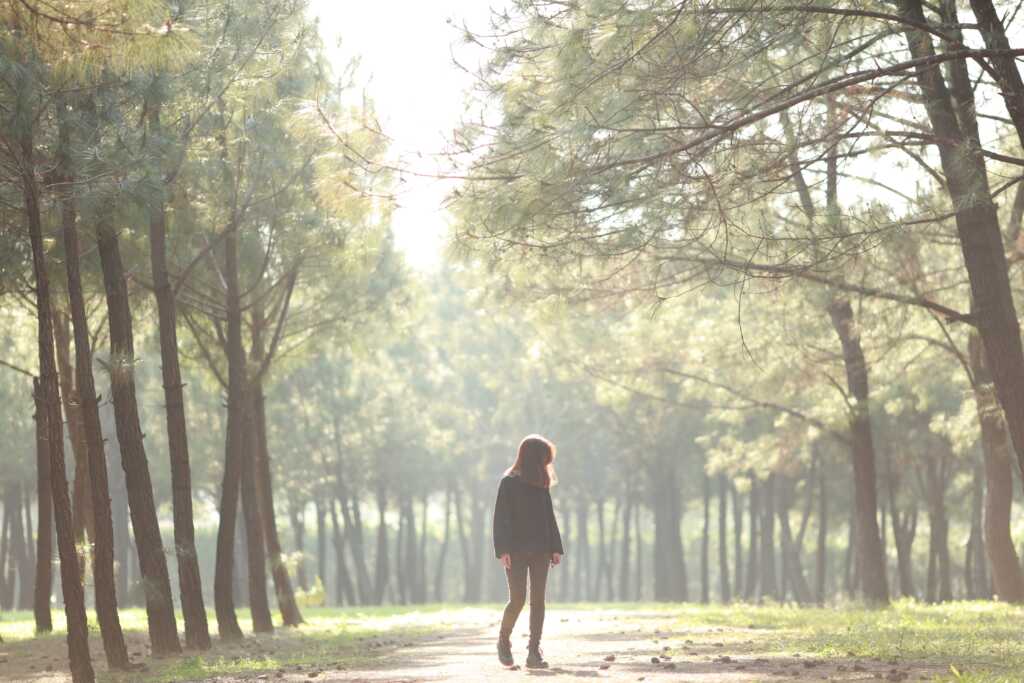
Can Bright Light Therapy Be Used for Other Conditions?
You may hear about the use of BLT for other conditions such as sleep disorders, non-seasonal depression, alzheimer’s disease or jet lag amongst others. The evidence on use of BLT for conditions other than SAD is not yet clear. One exception is non-seasonal depression. There is actually good evidence on the use of BLT in non-seasonal depression[7][5], but current studies only support its use in combination with antidepressants and not yet as stand-alone treatment[5].
Researchers are looking at the possibility of using BLT in improving sleep, mood and motor function in elderly patients with Parkinson’s disease[6]. There are also preliminary studies looking at BLT as an add-on treatment in patients with certain types of epilepsy for reducing seizure frequencies[16]. However, we still have to wait a while before research brings into light new evidence.
Bottom Line
Bright light therapy (BLT) from the right light therapy lamp is a safe treatment option that can be just as effective as drug therapy in treatment of seasonal affective disorder (SAD). It may also be used in combination with medications or alternative therapies. Given its safety, it definitely merits a discussion with your health care professional to see if it can be right for you! If you have other pre-existing eye conditions or co-existing health conditions such as major depression or bipolar disorder, make speak with a health care professional so you avoid some unwanted side-effects.
Where to Buy Light Therapy Lamps in Canada?
In Canada, this product can be bought in-person from any pharmacy, drug store or online. Here are 2 online suggestions that we have, other options can be discussed with a health care professional.
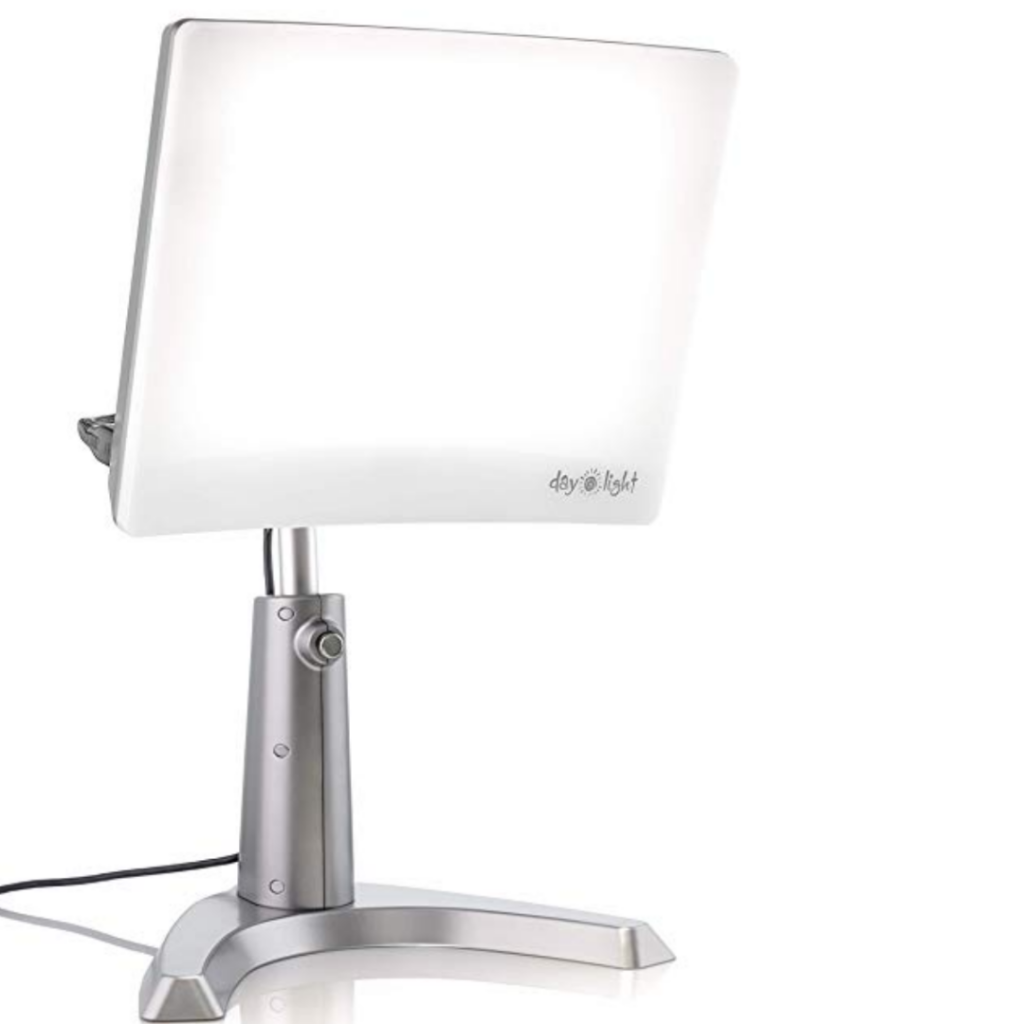
Carex Day-Light Classic Plus Bright Light Therapy Lamp
10,000 LUX, can sit up to 12-14 inches away, 99.3 percent UV-free light, 250-square-inch face
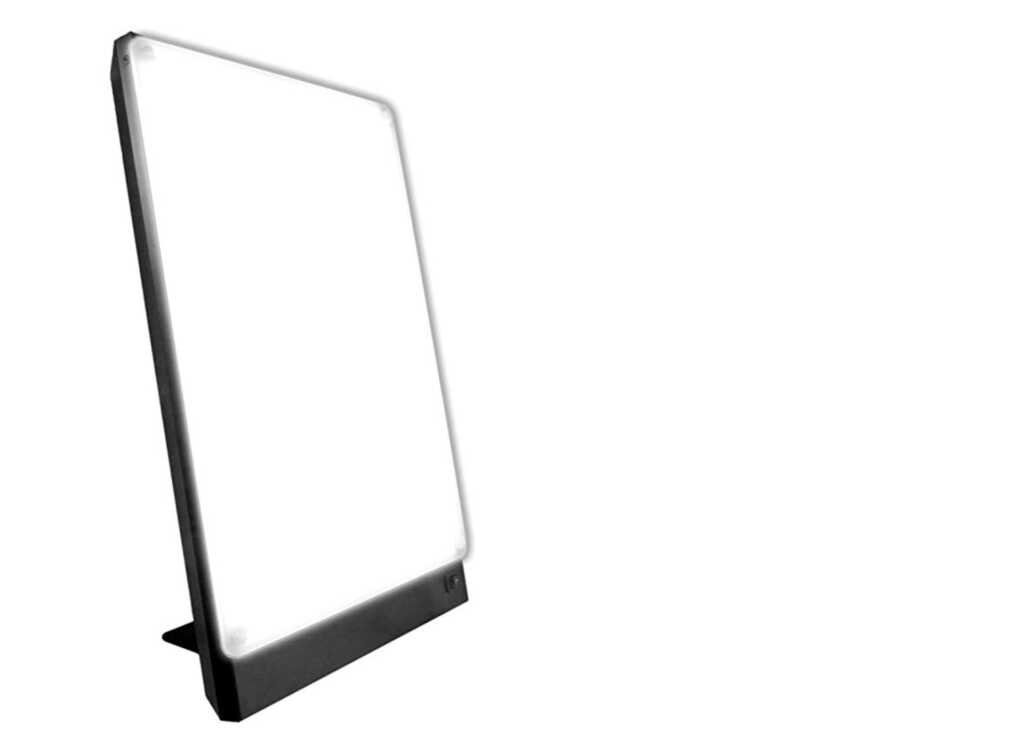
Northern Light Technologies Boxelite Bright Light Therapy Light Box
10,000 LUX, can sit 15 to 17 inches away, fully UV-free, 228-square-inch face
Author(s):
Sara Azad, BSc. Pharm
Aliya Kassamali, PharmD
Edited and Reviewed By The Health Aisle Team
References
1. Michalak, E., Wilkinson, C., Dowrick, C., & Wilkinson, G. (2001). Seasonal affective disorder: Prevalence, detection and current treatment in North Wales. British Journal of Psychiatry, 179(1), 31-34. doi:10.1192/bjp.179.1.31
2. Levitt, A. J., Boyle, M. H., Joffe, R. T., & Baumal, Z. (2000). Estimated Prevalence of the Seasonal Subtype of Major Depression in a Canadian Community Sample. The Canadian Journal of Psychiatry, 45(7), 650–654. https://doi.org/10.1177/070674370004500708
3. American Psychiatric Association. Diagnostic and Statistical Manual of Mental Disorders, Fifth Edition (DSM-5), American Psychiatric Association, Arlington, VA 2013.
4. Lam RW, Levitan RD (2000). Pathophysiology of seasonal affective disorder: a review. J Psychiatry Neurosci, 25: 469-480.
5. Even C, Schroder, CM, Friedman S, Rouillon F (2008). Efficacy of light therapy in nonseasonal depression: A systematic review. Journal of Affective Disorders, 108: 11-23.
6. Rutten S, Vriend C, et al. (2012). Bright light therapy in Parkinson’s disease. An overview of the background and evidence. Parkinson’s disease, 2012; ID: 767105, 9 pages.
7. Golden RN, Gaynes BN, Ekstrom RD, et al. (2005). The efficacy of light therapy in the treatment of mood disorders: a review and meta-analysis of the evidence. American Journal of Psychiatry, 162(4): 656–662.
8. McClung CA (2007). Circadian genes, rhythms, and biology of mood disorders. Pharmacology and Therapeutics, 114(2):222-232.
9.. Lam RW, Levitt AJ (1999). Canadian Consensus Guidelines for the Treatment of Seasonal Affective Disorder. Vancouver, Clinical and Academic Press Publishing.
10. Ravindran AV, Lam RW, Filteau MJ, et al. (2009) Canadian Network for Mood and Anxiety Treatments (CANMAT) Clinical guidelines for the management of major depressive disorder in adults. V. Complementary and alternative medicine treatments. Journal of Affective Disorders, 117(1): S54–S64.
11. Bauer M, Whybrow PC, Angst J, Versiani M, Moller H-J. (2002). World Federation of Societies of Biological Psychiatry (WFSBP) guidelines for biological treatment of unipolar depressive disorders, part 1: acute and continuation of treatment of major depressive disorder. World J Biol Psychiatry, 3: 5-43.
12. American Psychiatry Association: Practice guideline for the treatment of patient with major depressive disorder (2000). Am J Psychiatry, 157:1-45.
13. Lam RW, Levitt AJ, Levitan RD, Enns MW, et al (2006). The Can-SAD study: A randomized controlled trial of the effectiveness of light therapy and fluoxetine in patients with seasonal affective disorder. Am J Psychiatry, 163: 805-812.
14. Cheung A, Dewa C, Michalak EE, et al. (2012). Direct health care costs of treating seasonal affective disorder: A Comparison of light therapy and Fluoxetine. Depression Research and Treatment, 2012: 5 pages.
15. Levitan R (2005). What is the optimal implementation of bright light therapy for seasonal affective disorder (SAD)? Rev Psychiatr Neurosci, 30 (1).
16. Baxendale SA (2011). Light therapy as a treatment for epilepsy. Med. Hypotheses, 76(5): 661-4.
